Problem with Japanese Holly
Donald Cooper
7 years ago
last modified: 7 years ago
Featured Answer
Sort by:Oldest
Comments (21)
akamainegrower
7 years agoDave in NoVA • N. Virginia • zone 7A
7 years agolast modified: 7 years agoRelated Professionals
Kyle Landscape Architects & Landscape Designers · Surprise Landscape Contractors · Bellefontaine Neighbors Landscape Contractors · Fairview Landscape Contractors · Wheat Ridge Landscape Contractors · White Bear Lake Landscape Contractors · Whittier Landscape Contractors · Silver Firs Landscape Contractors · Houston Window Contractors · Aventura Window Contractors · Woodland Hills Window Contractors · Linthicum Window Contractors · Grayslake Driveway Installation & Maintenance · Randolph Driveway Installation & Maintenance · Frederick Decks, Patios & Outdoor EnclosuresLogan L Johnson
7 years agoDonald Cooper
7 years agoLogan L Johnson
7 years agoLogan L Johnson
7 years agoakamainegrower
7 years agoDonald Cooper
7 years agosam_md
7 years agoLogan L Johnson
7 years agorhizo_1 (North AL) zone 7
7 years agolast modified: 7 years agoDonald Cooper
7 years agofloribund1920
7 years agofloral_uk z.8/9 SW UK
7 years agolast modified: 7 years agorhizo_1 (North AL) zone 7
7 years agoDonald Cooper
7 years agogardengal48 (PNW Z8/9)
7 years agorhizo_1 (North AL) zone 7
7 years agoDonald Cooper
7 years ago
Related Stories

TREES11 Japanese Maples for Breathtaking Color and Form
With such a wide range to choose from, there’s a beautiful Japanese maple to suit almost any setting
Full Story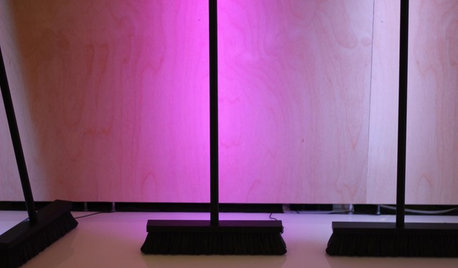
TASTEMAKERSICFF 2012 Report: 10 Visionary Problem Solvers
Sure, pretty is nice, but the best designs improve our lives. These innovative products by students and companies do just that
Full Story
CHRISTMAS10 Quick Solutions for Last-Minute Holiday Problems
Sail right by potential decorating, hosting and gift-giving pitfalls with these invaluable nick-of-time tricks
Full Story
LANDSCAPE DESIGNProblem Solving With the Pros: How to Build a Garden in an Urban Canyon
Skyscrapers, noise and deep shade create an unlikely sweet spot for a timeless green retreat in New York City
Full Story
LANDSCAPE DESIGNProblem Solving With the Pros: Rustic Simplicity in a Country Garden
Editing thoughtfully and adding some magic result in a timeless weekend retreat
Full Story
LANDSCAPE DESIGNProblem Solving With the Pros: Sustainable Landscape Captures Runoff
An underground cistern, permeable paving and a rain garden are part of this Washington, D.C. yard's thoughtful design
Full Story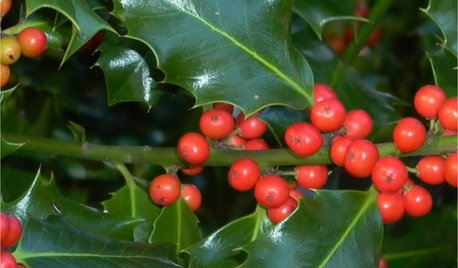
GARDENING GUIDES9 Holly and Ivy Plants for Good Tidings in the Garden
Spread Christmas joy all year round with the gorgeous foliage and bright berries of these evergreen plants
Full Story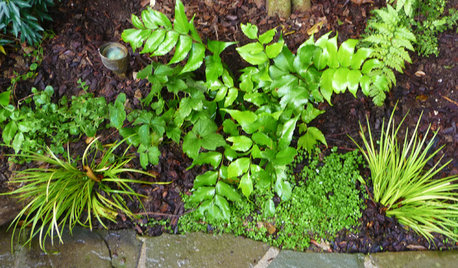
GARDENING GUIDESGreat Design Plant: Cyrtomium Falcatum ‘Rochfordianum’
Adding Japanese holly fern to your woodland garden is a great way to celebrate the holidays and create lasting memories
Full Story
GARDENING GUIDES13 Japanese Maples for Shade
A surprising variety of these understory trees is waiting to make a statement in your shade garden
Full Story
BATHTUBSRoom of the Day: Restorative Power of a Japanese Soaking Tub
A traditional tub made of hinoki wood sets a calming tone in this master bath renovation
Full StoryMore Discussions







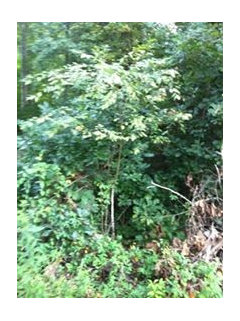
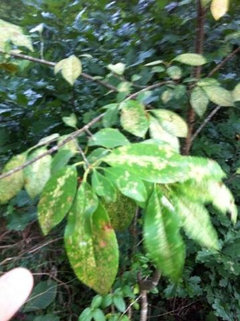

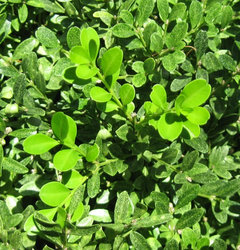



akamainegrower